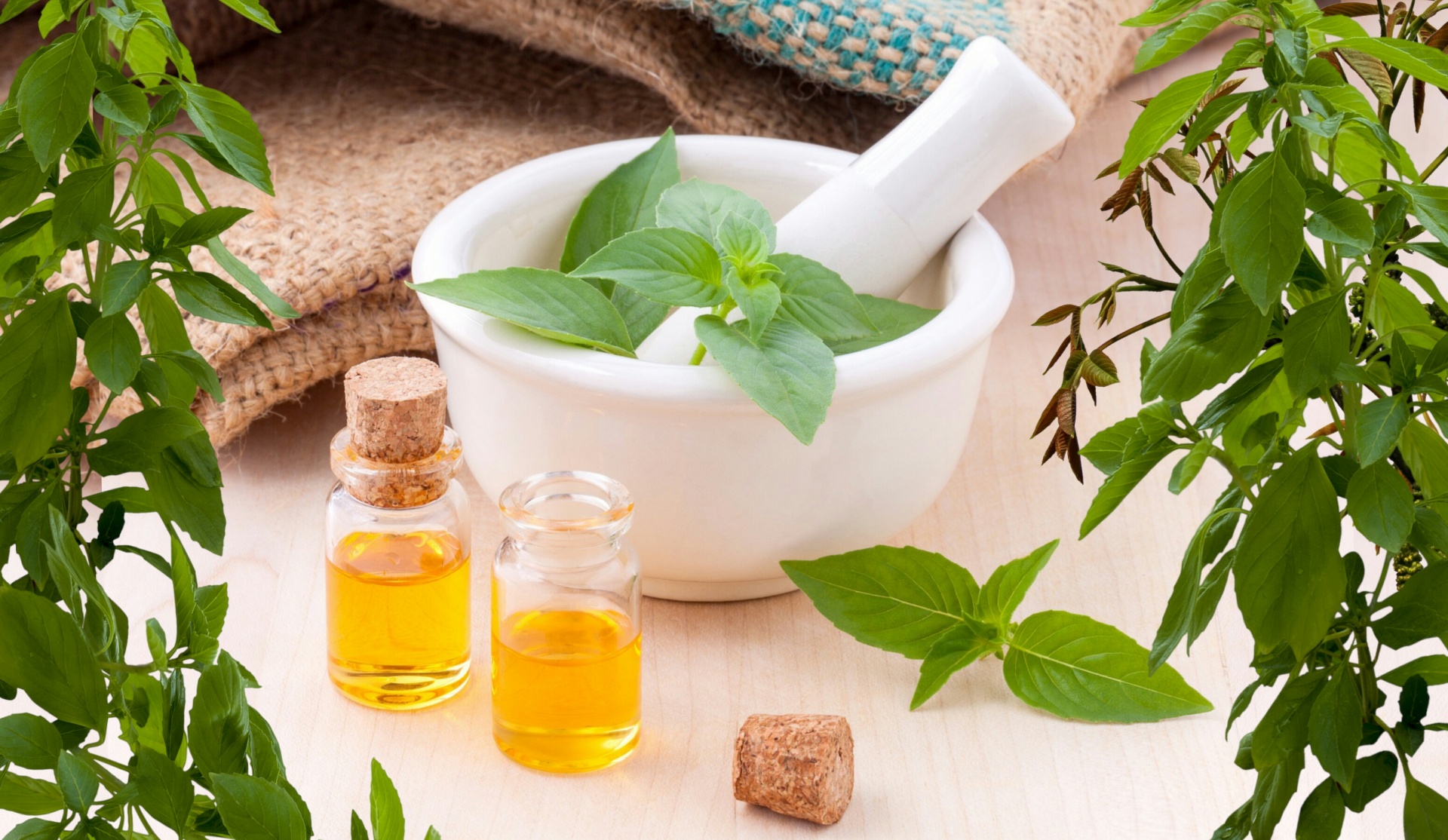Óleos Essenciais — Insecticidas do Futuro? - Bibliografia
As propriedades dos óleos essenciais são amplamente conhecidas há vários milénios, no entanto, o interesse da sua utilização como biopesticidas começou a ter maior expressão somente nas últimas décadas.

Num mercado dominado pelos fitofármacos de síntese, os entraves legais na regulamentação destes compostos significaram a desistência da sua comercialização por muitas entidades. Esforços governamentais para o alívio destas restrições, associados a uma maior sensibilização da sociedade para a segurança alimentar e proteção ambiental, podem trazer uma oportunidade ótima para a inclusão e adoção de novas substâncias de combate às pragas das culturas agrícolas.
BIBLIOGRAFIA
Dudai N, Poljakoff-Mayber A, Mayer A, Putievsky E, Lerner H (1999) Essential oils as allelochemicals and their potential use as bioherbicides. Journal of Chemical Ecology 25: 1079-1089
Falleh H, Jemaa MB, Saada M, Ksouri R (2020) Essential Oils: A Promising Eco-Friendly Food Preservative. Food Chemistry: 127268
Grzywacz D, Stevenson P, Mushobozi WL, Belmain S, Wilson K (2014) The use of indigenous ecological resources for pest control in Africa. Food Security 6: 71-86
Isman MB (2016) Pesticides based on plant essential oils: Phytochemical and practical considerations. In Medicinal and aromatic crops: production, phytochemistry, and utilization. ACS Publications, pp 13-26
Isman MB, Grieneisen ML (2014) Botanical insecticide research: many publications, limited useful data. Trends in Plant Science 19: 140-145
Isman MB, Tak J-H (2017) Commercialization of insecticides based on plant essential oils: Past, present, and future. CRC Press, Routledge: Boca Raton, FL
Kidd H, James DR (1991) The agrochemicals handbook,
Kola G (2011) Essential oils as green pesticides: for sustainable agriculture. Research Journal of Pharmaceutical, Biological and Chemical Sciences 2: 100-106
Koul O, Walia S, Dhaliwal G (2008) Essential oils as green pesticides: potential and constraints. Biopesticides international 4: 63-84
Miresmailli S, Isman MB (2014) Botanical insecticides inspired by plant–herbivore chemical interactions. Trends in Plant Science 19: 29-35
Misra G, Pavlostathis S (1997) Biodegradation kinetics of monoterpenes in liquid and soil-slurry systems. Applied Microbiology and Biotechnology 47: 572-577
Naqqash MN, Gökçe A, Bakhsh A, Salim M (2016) Insecticide resistance and its molecular basis in urban insect pests. Parasitology research 115: 1363-1373
Olson S (2015) An analysis of the biopesticide market now and where it is going. Outlooks on pest management 26: 203-206
Pavela R (2015) Acute toxicity and synergistic and antagonistic effects of the aromatic compounds of some essential oils against Culex quinquefasciatus Say larvae. Parasitology research 114: 3835-3853
Pavela R (2015) Essential oils for the development of eco-friendly mosquito larvicides: a review. Industrial crops and products 76: 174-187
Pavela R (2016) History, presence and perspective of using plant extracts as commercial botanical insecticides and farm products for protection against insects–a review. Plant Protection Science 52: 229-241
Pavela R, Benelli G (2016) Essential oils as ecofriendly biopesticides? Challenges and constraints. Trends in plant science 21: 1000-1007
Peterson C, Ems-Wilson J (2003) Catnip essential oil as a barrier to subterranean termites (Isoptera: Rhinotermitidae) in the laboratory. Journal of economic entomology 96: 1275-1282
Rathore HS (2017) Green pesticides for organic farming: occurrence and properties of essential oils for use in pest control. Green Pesticides Handbook: Essential Oils for Pest Control: 3-26
Raut JS, Karuppayil SM (2014) A status review on the medicinal properties of essential oils. Industrial crops and products 62: 250-264
Raveau R, Fontaine J, Lounès-Hadj Sahraoui A (2020) Essential Oils as Potential Alternative Biocontrol Products against Plant Pathogens and Weeds: A Review. Foods 9: 365
Regnault-Roger C, Vincent C, Arnason JT (2012) Essential oils in insect control: low-risk products in a high-stakes world. Annual review of entomology 57: 405-424
Rodriguez E, Healey PL, Mehta I (1984) Biology and chemistry of plant trichomes. Plenum Press
Scrivanti LR, Zunino MP, Zygadlo JA (2003) Tagetes minuta and Schinus areira essential oils as allelopathic agents. Biochemical systematics and ecology 31: 563-572
Sharma R (1974) Orientation and developmental inhibition in the housefly by certain terpenoids.
Stevenson PC, Arnold SE, Belmain SR (2014) Pesticidal plants for stored product pests on small-holder farms in Africa. In Advances in Plant Biopesticides. Springer, pp 149-172
Tefera T, Kanampiu F, De Groote H, Hellin J, Mugo S, Kimenju S, Beyene Y, Boddupalli PM, Shiferaw B, Banziger M (2011) The metal silo: An effective grain storage technology for reducing post-harvest insect and pathogen losses in maize while improving smallholder farmers’ food security in developing countries. Crop protection 30: 240-245
Villaverde JJ, Sevilla‐Morán B, Sandín‐España P, López‐Goti C, Alonso‐Prados JL (2014) Biopesticides in the framework of the European Pesticide Regulation (EC) No. 1107/2009. Pest management science 70: 2-5
Weinberger K, Srinivasan R (2009) Farmers' management of cabbage and cauliflower pests in India and their approaches to crop protection. Journal of Asia-Pacific Entomology 12: 253-259